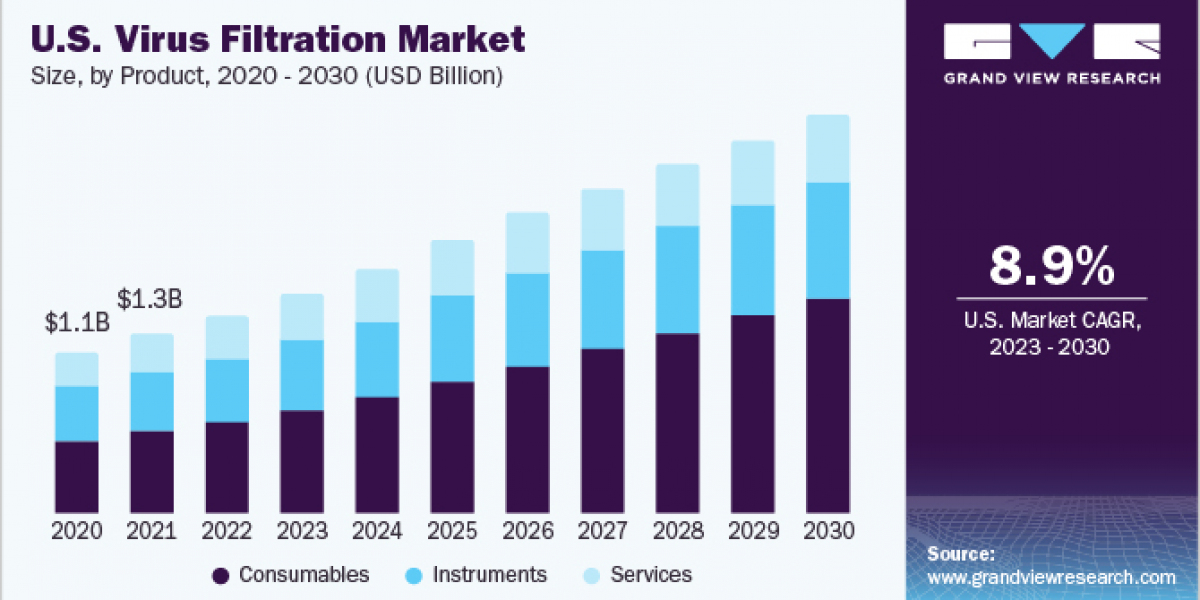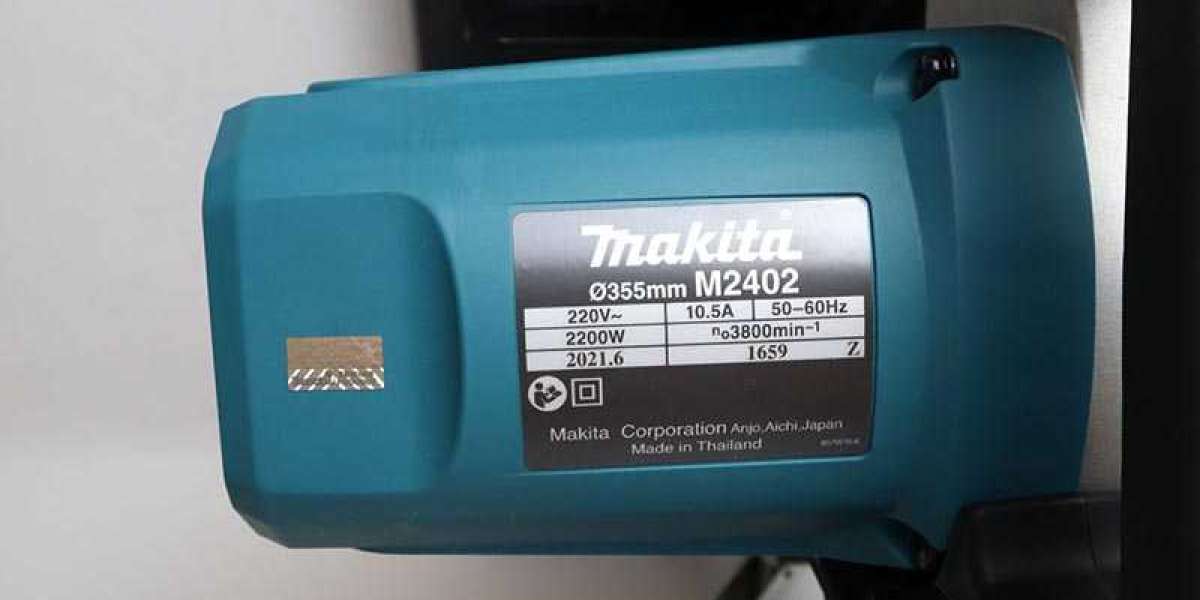The global virus filtration market was valued at approximately USD 4.26 billion in 2022 and is projected to expand at a compound annual growth rate (CAGR) of 10.1% between 2023 and 2030. This growth is largely driven by the increasing incidence of chronic illnesses, such as cancer, diabetes, and autoimmune diseases, which is expected to boost the demand for biologics. According to the World Health Organization (WHO), about 422 million people worldwide suffer from diabetes, with a particularly rapid rise observed in low- and middle-income countries compared to their high-income counterparts. Diabetes is associated with numerous complications, including lower limb amputations, kidney disease, heart attacks, strokes, and vision loss. Notably, from 2000 to 2019, mortality rates related to diabetes increased by 3% across all age groups, with an estimated 2 million deaths in 2019 attributable to diabetes-related kidney disease.
The COVID-19 pandemic has had a positive impact on the virus filtration market. As awareness of the need for sterilization of biopharmaceutical products, vaccines, medical devices, and air and water systems has heightened, the market is expected to experience significant growth in the upcoming years. Virus filtration is essential for ensuring the safety and effectiveness of biopharmaceuticals and vaccines while also preventing the spread of infectious diseases.
Gather more insights about the market drivers, restrains and growth of the Virus Filtration Market
Another key factor contributing to market growth is the adherence to regulatory standards in drug development and manufacturing, including Current Good Manufacturing Practice (cGMP) regulations. Manufacturers ensure virus safety through a series of quality control processes that encompass monitoring and quality checks of raw materials, validating effective virus clearance technologies, and confirming the absence of viral contamination in finished products. This creates a substantial market for virus filtration products in both manufacturing and research and development (R&D).
Product Segmentation Insights
In 2022, the consumables segment led the market, capturing the largest share of revenue, driven by the heightened demand for various products used in virus filtration. The need for consumables such as reagents, kits, and membranes is projected to rise, supporting the production of vaccines, protein therapeutics, blood products, cellular therapies, genetic therapies, tissue products, and embryonic stem cell products.
Several prominent vendors, including Merck KGaA, Danaher, and Sartorius AG, offer a diverse array of reagents, kits, and other consumables for virus filtration. For example, Merck provides a variety of resins and media, such as Eshmuno A Resin, ProSep Ultra Plus resin, ProSep-vA Ultra resin, ProSep-vA Ultra chromatography media, Eshmuno IEX Chromatography Resins, and Fractogel Ion Exchange Chromatography Resins.
The services segment is anticipated to grow at the fastest CAGR during the forecast period from 2023 to 2030. This growth is attributed to the increasing trend of biotechnology companies outsourcing R&D and drug development services to contract research organizations (CROs). Additionally, collaborations between CROs and biotechnology or biopharmaceutical companies to develop innovative drugs and therapies are expected to further support the growth of this segment.
Order a free sample PDF of the Market Intelligence Study, published by Grand View Research.









